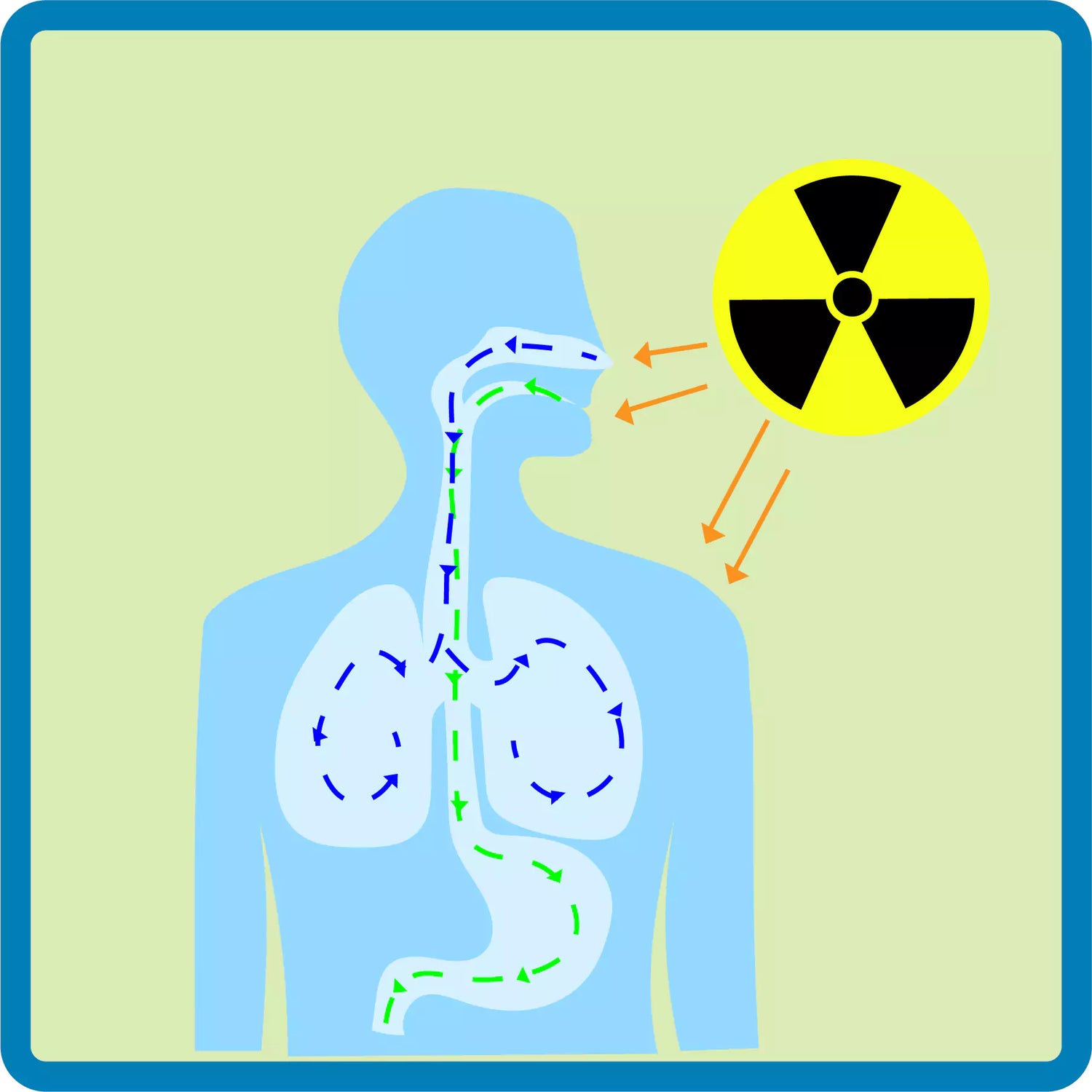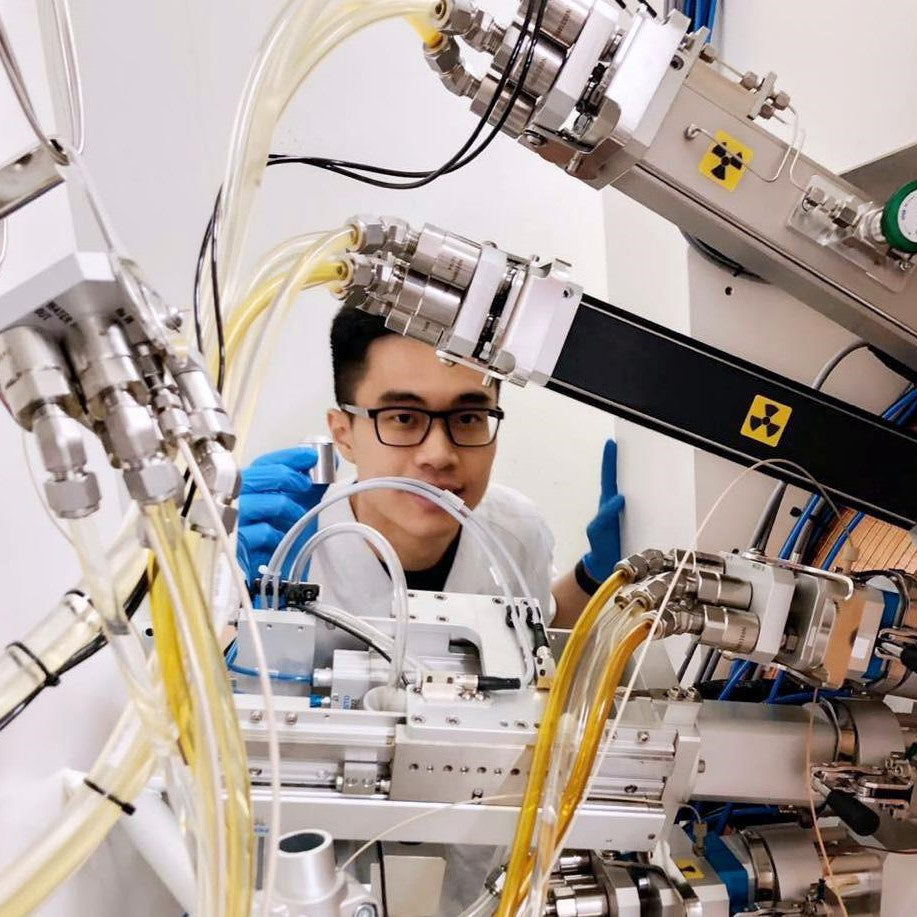The year 1969 witnessed the Apollo 11 mission becoming a crucial event in human history. Astronauts Neil Armstrong and Buzz Aldrin became the first men to step on the moon. This amazing feat showed that space technology could be beyond our imagination, and motivated young people globally towards more ambitious science and technological undertakings outside Earth. The landing operation on the moon was a significant step forward in our knowledge of space and exploration possibilities.

To complement the historic moon landing, the Apollo 11 mission also underscored the importance of training and education in space exploration. Stressed in this regard was the training and preparation that astronauts underwent, which stressed the importance of education in advancing scientific knowledge and promoting technological development. The triumph of this mission not only advanced our understanding of lunar geology and planetary science but also motivated educational programs around the world, encouraging young people to take up professions related to science, technology, engineering, and mathematics (STEM) and be part of humanity’s continuing journey into space. The ramifications of Apollo 11 still hold sway in engendering global partnerships in scientific research and other pedagogical ventures aimed at expanding human knowledge as well as potentialities beyond terrestrial limits.
Interesting fact about modern radiation detection technologies
Significant advancements have been made in emitting detection technologies, revolutionizing how we monitor and exposure tracking.
- Solid-State Detectors. One pivotal innovation includes the development of solid-state detectors. These detectors utilize semiconductor materials such as silicon, offering heightened sensitivity and precision in detecting ionizing radiation compared to traditional Geiger-Muller tubes.
- Integration of Personal Dosimeters. Modern personal dosimeters have been enhanced with wireless and Bluetooth connectivity. This integration allows for real-time monitoring and instant data transmission to centralized early warning systems, enabling swift responses to emitting incidents.
- Portability and Accessibility. The shrinking of detectors has forever changed the world of radiation detection to a size that is extremely portable and accessible. This has led to the development of compact handheld devices, making it possible for professionals in fields such as industrial hygiene and radiology to conduct quick and accurate emitting measurements.
- Enhanced Safety Protocols. These technological advancements have significantly improved radiation safety culture in industries such as nuclear power, healthcare, and emergency response. They enable proactive monitoring and rapid intervention, minimizing risks associated with emitting exposure.
- Future Directions. The research and development in radiation detection has changed with time. Innovations in the future will be more intelligent. These developments will enable us to protect public health as well as the environment using hazard mitigation strategies.
This structured approach outlines the key aspects of modern radiation detection technologies, highlighting their impact on safety, efficiency, and future developments in the field.

Introduction to the role of our radiation detectors
Radiation detectors are essential in protecting people’s health by monitoring radiation levels. These instruments are designed to measure precisely different kinds of emitting, thus making sure that there are ways to limit excessive exposure and decrease potential risks.
Using risk communication strategies to communicate risks and make sure that stakeholders, including workers and the public, are adequately informed about radiation risks and safety measures are necessary for their application. Clear and concise communication creates awareness, encourages compliance with safety protocols, and inculcates a sense of responsibility in dealing with emitting exposure.
By integrating robust risk communication strategies, our detectors not only protect individuals but also empower communities to make informed decisions regarding radiation safety.
Milerd HiStand represents a cutting-edge personal radiation detector equipped with advanced features and robust protection measures. Designed to be your dependable companion in detecting background radiation emissions, this radiation device excels in pinpointing elevated emitting levels in unexpected locations.
Its sophisticated Geiger counter functionality identifies sources emitting radiation and continuously monitors the user's cumulative radiation dose management. It promptly alerts users if radiation exposure levels exceed safety thresholds, ensuring proactive protection.
Features for Enhanced Utility
The Milerd HiStand is built to endure challenging environments with its waterproof and shockproof housing. Additionally, its integrated solar panel ensures long-lasting and autonomous operation, guaranteeing safety under any conditions. The Milerd HiStand's compact design and user-friendly interface make it practical for various applications, from field inspections to laboratory settings. Its capability to provide instant feedback on emitting levels empowers professionals to make informed decisions swiftly and effectively. With ongoing advancements in technology, our detectors continue to evolve, integrating features that enhance accuracy and usability in diverse operational environments. By investing in our advanced detection solutions, industries and institutions can confidently uphold stringent safety standards and regulatory compliance measures.
Empowering Control Over Emissions
Acquiring a compact emitting counter like the Milerd HiStand empowers individuals to maintain vigilant control over emitting emissions. By investing in advanced detection technology, users can confidently manage radiation exposure risks and prioritize personal safety.
This structured text introduces the pivotal role of detectors in managing health risk assessment and highlights the features and benefits of the Milerd HiStand device, emphasizing its reliability and advanced capabilities in emitting detection.
Examples of applications for our radiation detectors
Various industries need emitting detection systems for safety purposes, since they ensure that people do not get exposed to deadly radiation. Such detectors are thus indispensable within health facilities where X-rays are taken, and radiotherapy treatments are done. They measure irradiation levels accurately, protecting healthcare givers and patients from excessive irradiation. By giving real-time information on ionizing doses, these machines assist in optimizing treatment plans while keeping safety first.

Industrial Applications
Our radiation detectors are present to check the emitting level. Industrial environments protect workers from ionizing emissions that may cause health problems. These detectors keep track of the emitting levels; as a result, they can prevent risks at the earliest stages by minimizing exposures and maintaining safe workplaces.
Our detectors' abilities are universal because of their versatility in different fields, such as healthcare and industry. Therefore, these instruments add significant value to ensuring safety and good health for all people.
This structured piece highlights some critical aspects of how our detectors work in medical institutions and other industries in terms of safety issues related to irradiation exposure.




Lasă un comentariu
Acest site este protejat de hCaptcha și hCaptcha. Se aplică Politica de confidențialitate și Condițiile de furnizare a serviciului.